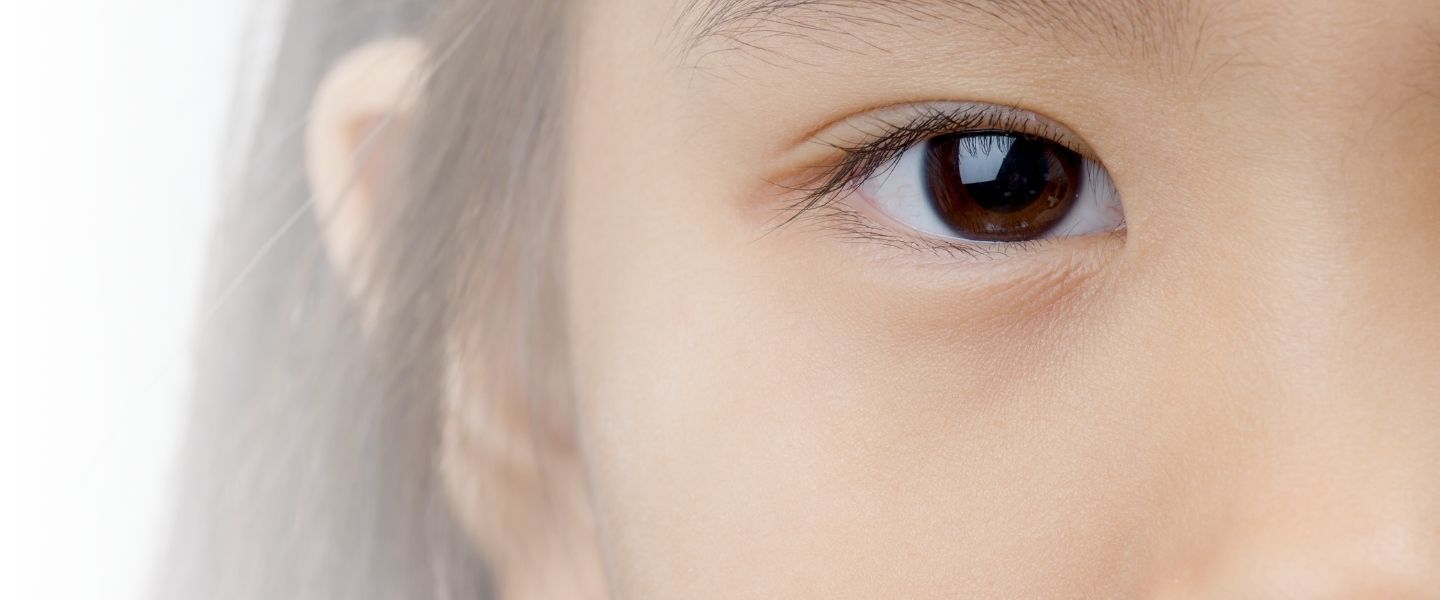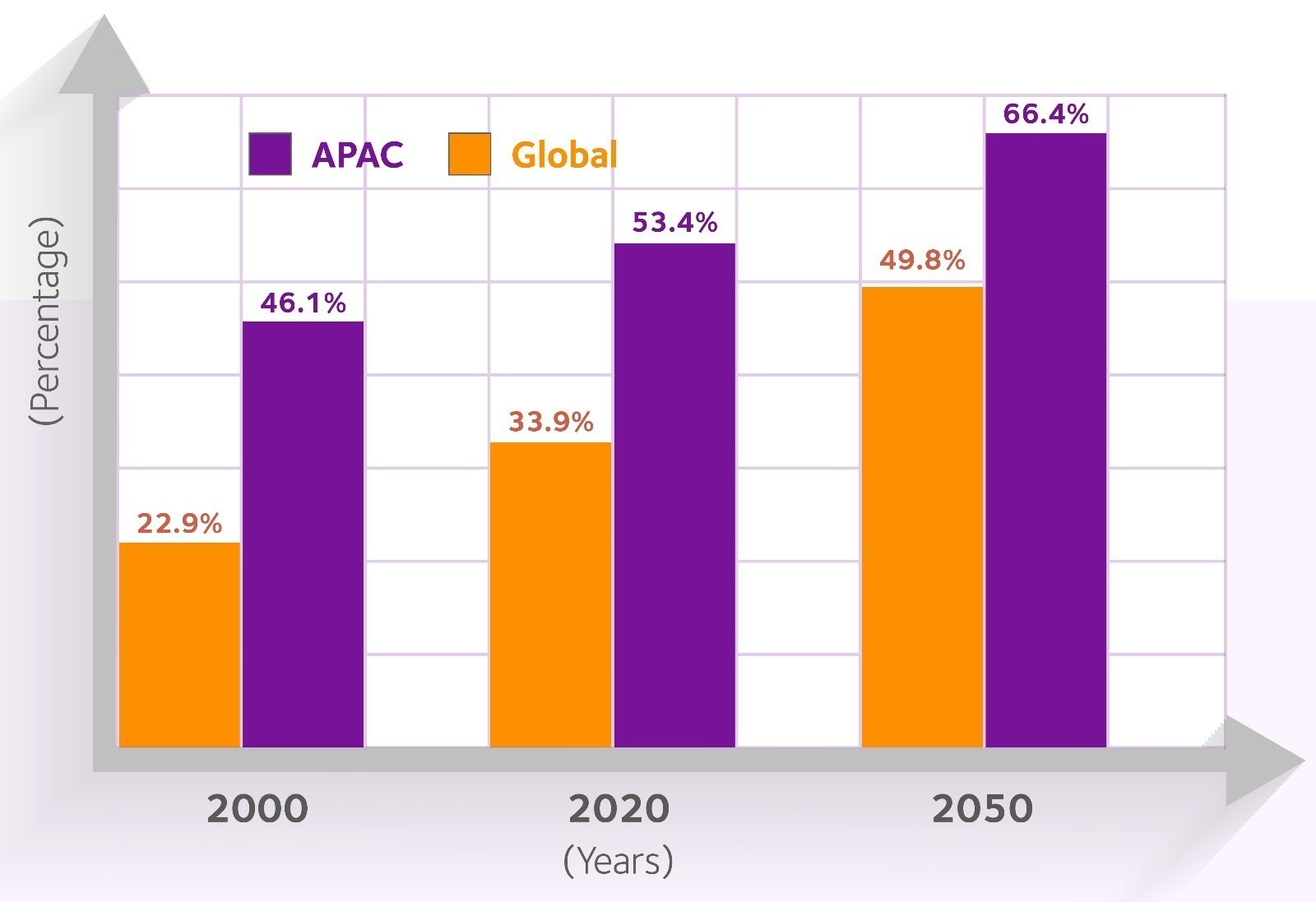The Way Forward
Despite challenges, the future of myopia control in Asia and across the globe looks promising, driven by technological advancements.
However, regulatory standards must evolve to ensure patient safety. Continued research and collaboration are essential in advancing myopia control practices and addressing the evolving needs of patients. CooperVision organizes the Asia-Pacific Myopia Management Symposium (APMMS) to support ECPs in fostering a collaborative environment, empowering them to address the urgency of myopia progression urgently. This annual gathering fosters the exchange of ideas and innovations crucial to combating the myopia epidemic.
Addressing the rising prevalence of myopia requires urgent action. By embracing innovation and enhancing clinical practices, we can effectively manage myopia and safeguard long-term vision health through awareness, accessibility, and research collaboration, building a brighter future for generations to come.
Contact Our Business Development Manager









